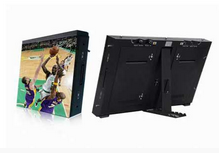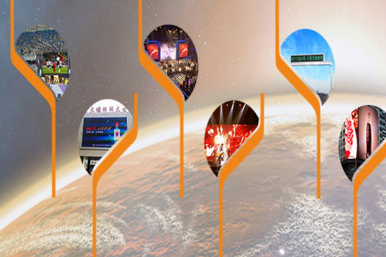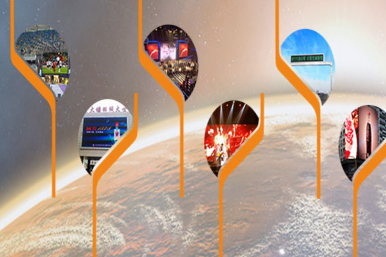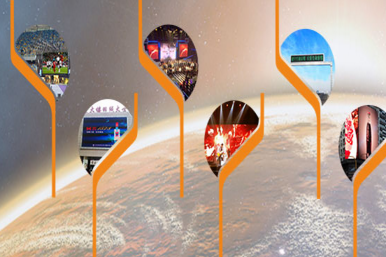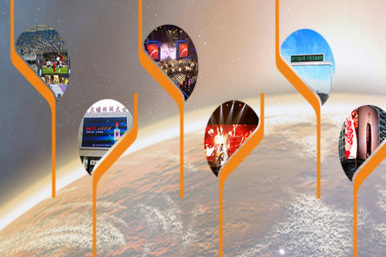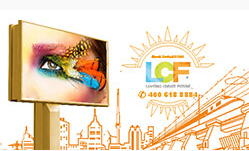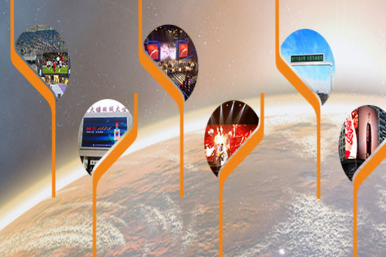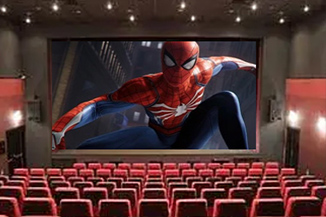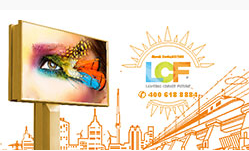Publisher: Supplier of LED Display Time: 2019-02-26 16:53 Views: 4588
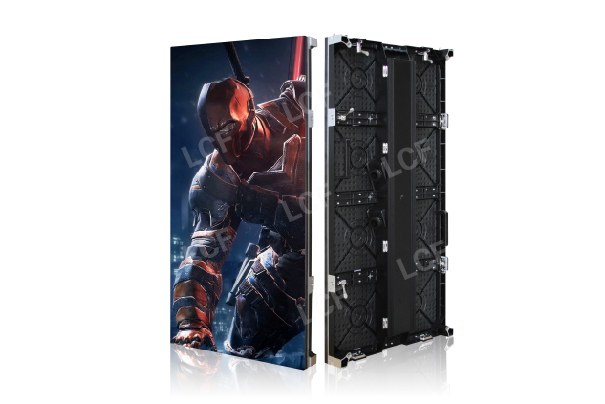
1. Small-pitch LED screens are still shining brightly. Market capacity continues to expand: The emergence of small-pitch technology has promoted the expansion of LED screens to indoor ultra-high-definition applications. From the current point of view, small-pitch LED displays are mainly used in large-scale conferences, exhibitions, large-scale shopping malls and other indoor venues with short visual distances and high display requirements, and have won unanimous praise from end users. And in recent years, with the maturity of small-pitch display technology and the active construction of smart cities and safe city projects, the demand for high-end customized display projects such as smart transportation, security monitoring, or military command centers has increased. , Bringing a broader market space for small-pitch LED displays with unique advantages such as high color gamut, high brightness, and seamless splicing. According to statistics, in 2018, the indoor small-pitch market is expected to grow to US$1.997 billion, an annual growth rate of 39%, which is mainly due to the continuous fermentation of the high-end indoor display market.
In the future, small-pitch LED displays will continue to shift to greater density and move toward intelligence and standardization. Especially with the help of emerging technologies such as AI, VR, and face recognition, the market will be further opened up. Application segmentation will also continue to intensify. For example, in the new retail industry, which is on the new frontier of development, small-pitch LED displays can be superimposed on interactive, big data cloud operation, VR and other technologies to realize the interconnection of everything in smart retail, creating better vision and shopping experience for customers, as well as retail store upgrades. At the same time, the combination of the two also creates a larger incremental market for small-pitch LED displays.
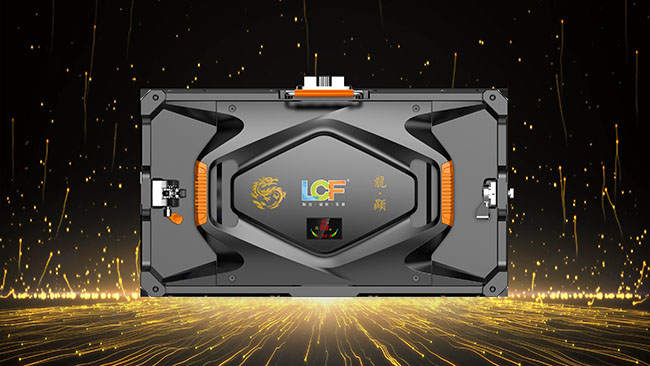
2. Technology innovation brings application innovation. Mini/Micro LED is ready to go: The small-pitch LED display industry will undoubtedly get a bumper harvest in 2018, breaking the "embarrassed" situation of being in a technical bottleneck for a long time, whether it is Mini LED Still, packaging technologies such as Micro LED have made substantial progress, which has made small-pitch LED display dot pitch density, cost-effectiveness, and stability have a qualitative leap, which has aroused the interest of major LED display companies.
At present, the pitch of small-pitch products is basically between P1.2-P2.5, and has entered a stage of homogenization competition. In order to widen the gap between "The direction of development, strive to develop more high-definition products, and improve the competitiveness of enterprises. If COB was born for the ultra-fine pitch below P1.0, then Mini LED or even Micro LED represents another level of innovation. The reason is that, unlike SMD and COB, which are based on single lamp beads and make a fuss about the placement process, Mini/Micro LED is the packaging layer. For example, the commonly used "four-in-one" Mini LED is to encapsulate 4 groups of RGB crystal particles in a lamp bead, and then use the SMD process to make a display screen.
The advantages of this innovative idea are obvious. It shows that the basic unit is more miniaturized and reaches the crystal particle level without the need for traditional packaging operations at the crystal particle level, which can be described as reducing the process difficulty to a certain extent. Of course, this method is not without technical difficulties. At present, the technical problem of massive transfer has not been solved. However, the process problem has not been insolvable for a long time. All it takes is time. Industry insiders generally have a positive and optimistic attitude towards the future of Mini/Micro LEDs, because Mini/Micro LEDs can bring more to the application and expansion of small-pitch LEDs. There are many possibilities, as small as VR glasses and smart watches, as large as TV screens and giant screen theaters. It can be described as full of the magical power of “big and small”. Today, Taiwanese panel manufacturers have begun to make efforts in the Mini LED field, and backlight applications are about to land; in addition, "non-traditional" small-pitch LED screen manufacturers such as Samsung and Sony have launched Micro LED prototypes to seize the first-mover advantage.
Third, the market structure is changing. Domestic and overseas companies go hand in hand: According to the business revenue of manufacturers' small-pitch LED display business in 2017, the top six manufacturers in revenue are all Chinese manufacturers, and the market share of the world's top eight manufacturers is CR8 72 %, the industry has a high degree of concentration, presenting a highly concentrated and oligopolistic market. However, in the past two years, with the maturity and application of Mini/Micro LED technology, the market structure of the small-pitch LED display has begun to change. In addition, Samsung, Sony and other international manufacturers have also begun to invest in the ultra-fine pitch market layout, and through the means of strong capital and years of accumulated technology to develop new products in advance to seize the right to speak in the market.
With leading domestic and foreign companies fiercely grabbing small-pitch emerging markets, most of the domestic small and medium-sized small-pitch companies are on the sidelines of new technologies and dare not act rashly. On the one hand, in order to lay out the current hot small-pitch market, whether it is equipment introduction or product research and development, these companies have invested huge funds, and they do not have a strong financial background to support the research and development of new technologies. On the other hand, judging from the current Mini/Micro LED products on the market, it is still only a preliminary stage of testing the water. There are problems such as high cost and not suitable for long-term viewing. Whether it can be favored by the market is still unknown. Companies dare not take this risk, nor can they afford the consequences if they fail.
It is true that the starting point for new technologies and new products is to rely on leading companies in the industry to promote their development. With the joint efforts of domestic and foreign companies, we are fortunate to see that various problems in Mini/Micro LED technology have been overcome one after another. It is estimated that the Mini LED market will reach 1.6 billion U.S. dollars in 2019, and the Micro LED market is expected to reach 100 million yuan. By 2025, the Micro LED market will reach 4.9 billion yuan, occupying half of the small-pitch industry.
In summary, the small-pitch LED display market will become a battleground for all LED display companies. Companies must closely follow technological trends and trends, based on their own market positioning and goals, and adopt appropriate strategies to meet the changes brought about by new technologies. With challenges, seek greater development space.
